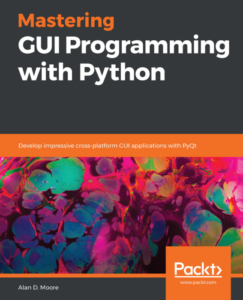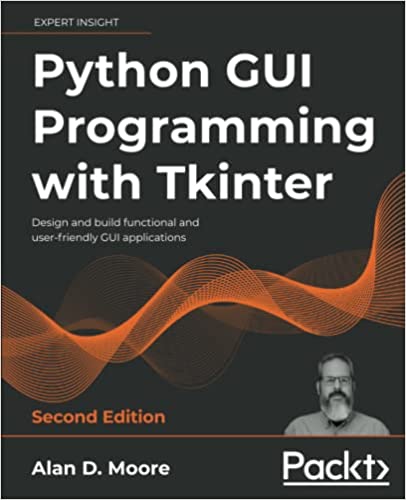At the beginning of the new millennium, a DIY pedal builder known as Hemmo published a circuit design he dubbed the Bazz Fuss. As the name implies, the circuit was designed for use with Bass, and tends to have a fat low-end and somewhat synthy distortion. Many would agree it sounds great with guitar as well.
The spartan design, consisting of only 5 components — 2 capacitors, a transistor, a resistor, and a diode — delivers a surprisingly powerful and unique fuzz sound. As such, it’s become a go-to first build for aspiring DIY pedal builders and tinkerers. Not only is it an easy first build, but it also lends itself well to experimentation with different components. And as we’ll see later on, its concept can be applied to other circuits to create novel fuzz sounds from old designs.
This article is a dump of my knowledge obtained from a few years of reading about, tinkering with, and designing different fuzzes from the bazz fuss.
(more…)
